Spirea Bumald: description, planting and care
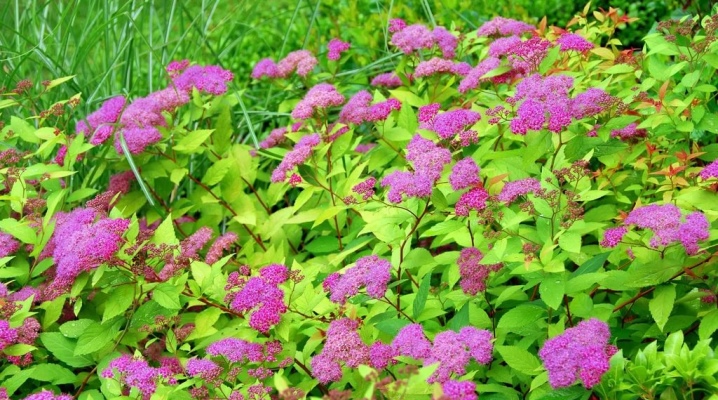
Spirea Bumalda or pink is a shrub that stands out for its decorative appearance, large size and exquisite flowers. The plant is known for its hardiness and low maintenance requirements.
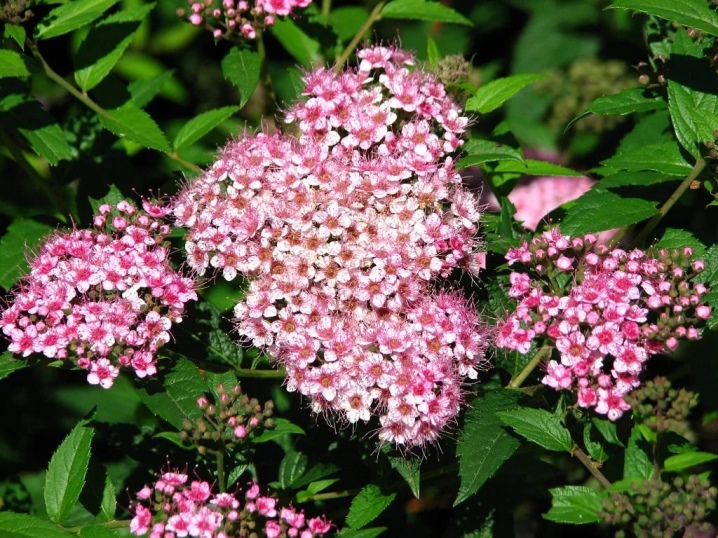
Peculiarities
Spiraea bumalda or meadowsweet belongs to the ornamental deciduous shrubs of the Rose family and is one of the many varieties of spirea. Plant height reaches approximately 1 m. The leaf plates of the bush are small, ovoid, depending on the season, their description changes: in spring they are light green, and in autumn they turn red-orange or greenish-brown. The crown of the shrub is round, with straight, ribbed branches. The bark on young shoots is green, acquiring a reddish-brown tone as they mature.
Compact inflorescences are formed from small flowers, painted in lilac-pink tones, although some varieties may have a lighter color: white or white and pink. The flowering period lasts from June to September, the time mainly depends on the climatic conditions of the region where the plant is cultivated. The shrub is distinguished by high frost resistance, drought resistance and normal tolerance of gassed air, which allows it to be planted in large cities.
Undemanding spirea and to the composition of the soil, so it can be planted in any area.
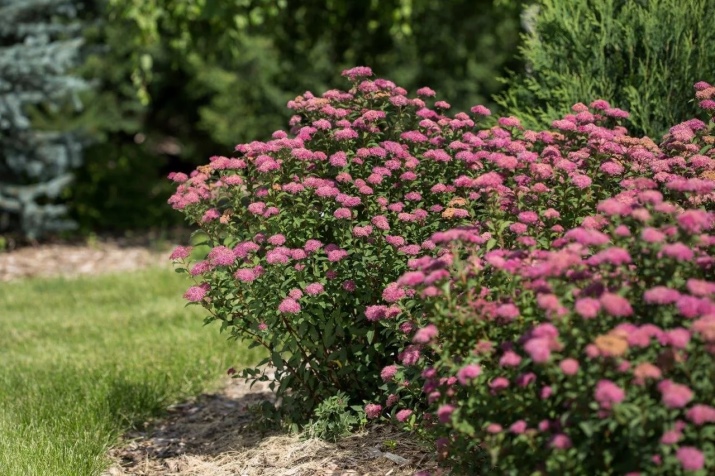




Besides it easily adapts to different climatic conditions... Representatives of the species are characterized by a long life cycle, some specimens reached 40 years of age. The shrub also has melliferous properties. Spirea Bumald can be grown not only in Europe, but it is also decorated with gardens in Asia and America. Every year there are more and more plant varieties, because breeders are constantly working on developing new forms with better properties and appearance.
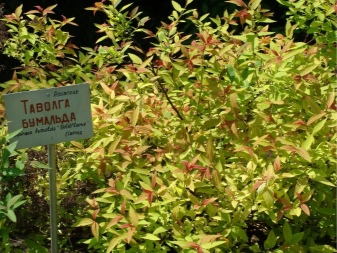
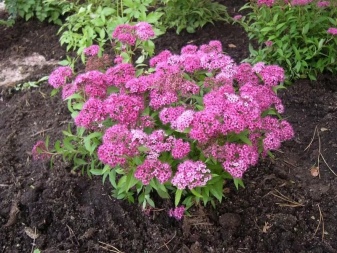
How to plant?
Although spirea Bulmada does not require special conditions, nevertheless, when planting it, the following nuances should be taken into account:
- in order for the shrub to show all its decorative properties, it is better to choose a site with good lighting, in the shade, the leaves and buds will not have a bright color;
- for planting, a plot on the south side is optimal, with a small number of trees that give the bush shading;
- any soil is suitable for meadowsweet, but to preserve the decorative effect of the shrub, it is better to choose sod or leaf;
- The ideal soil composition for a shrub is 2 parts of soil, 1 part of peat and 1 part of sand.
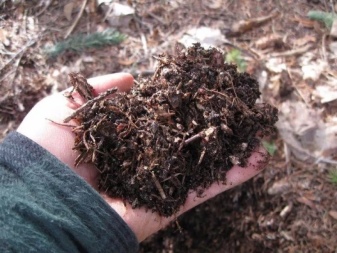
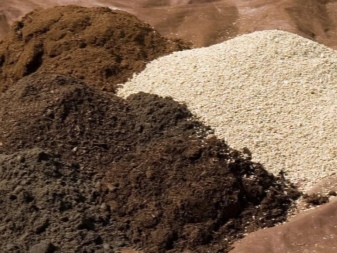
Planting is best done in April. The seedlings must have a strong root system without damage. The planting hole should be made about a third larger than the volume of the root system, it should be 40-50 cm deep. If the soil was not mixed with sand and peat, they can be brought directly into the dug depressions, but then they should be done in 3 times larger than the size of the roots. You can also add a little humus to the pits.
The plant is placed in a hole, straightening the roots well, and sprinkled with earth. The root collar of the seedling should be flush with the ground. The roots of the plant can be either with an earthen clod or bare. In the second case, the seedling should be kept in a stimulant solution for about 24 hours. The planted plant is watered with warm water.

It is recommended to plant the spirea in rows, the distance between them should be 35–45 cm, and between the bushes it is worth keeping a distance of about 50 cm. Proper planting is the key to good development and a beautiful type of shrub.
If placed too tightly, the bushes will not be able to grow. Spirea Bumalda does not react well to increased indicators of soil moisture, which often affects flowering. If there is groundwater on the site, the bush may die. To avoid negative consequences in such a situation and to preserve the plant, it is necessary to dig a hole another 15–20 cm deeper, pour rubble or gravel into it and sprinkle it with earth. Only then plant the bush. Thus, groundwater will not harm the shrubbery.
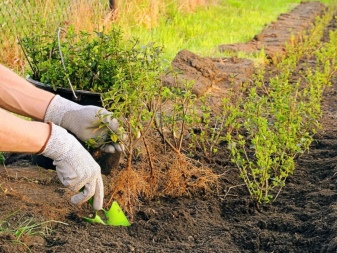
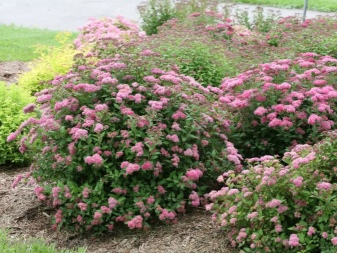
How to take care of it properly?
As already mentioned, pink spirea is unpretentious to care for, but nevertheless, for the volume of the crown and lush flowering, it needs certain conditions.
- Watering. You need to moisturize the shrub regularly and in moderation. This must be done with caution, the plant suffers from both waterlogging and drought. Two weeks after planting, the bush is watered daily in the morning or evening, thanks to which the roots will get stronger faster. In the heat, Bulmada spirea should be moistened once every 4–5 days. A layer of mulch applied around the bush will help keep the moisture in for longer. In this case, watering in hot weather should be halved.
- Loosening. It is necessary to loosen the soil around the shrub periodically. It is better to do this after rain or watering. After the procedure, the plant should be moistened with a small amount of warm water.
- Top dressing. In order for the shrub to have a lush flowering, it must be fed. For this, fertilizers based on nitrogen, phosphorus and potassium are used. They are brought in simultaneously with watering or loosening. They are bred clearly according to the instructions so as not to harm the plant. It has a beneficial effect on the growth and formation of spirea and humus buds. It is introduced as mulch, and together with rain and irrigation, all useful minerals are absorbed into the soil. During dry periods and before wintering, the bush is fertilized with superphosphates.
- Pruning. The shrub is pruned mainly with the onset of spring, but the procedure can be carried out in the summer, when the plant blooms. Summer haircut can activate re-blooming in the fall. The bush can be shaped in different ways, but often the meadowsweet make a pyramidal or spherical crown. Cutting does not affect the growth dynamics of the plant in any way, mainly old shoots, as well as dried or damaged stems, are cut off. Gardeners recommend carrying out the procedure in early spring, before the formation of leaves on the bush. Then it is easier to form the required crown shape.
- Preparation for wintering. In autumn, all branches of mature bushes are cut off almost at the very base. This promotes both the growth of the crown and the plant as a whole. Spirea tolerates cold quite well, but still it is worth insulating it, especially young plants. To do this, the root area is covered with dry foliage, and when snow falls, it is worth throwing it over the leaves and compacting it. You can insulate Bumald's spirea with peat pillows, especially such a shelter is relevant for regions with a cold climate. For this, the shoots of the bush are fixed with wire on the surface of the earth and covered with abundant peat.
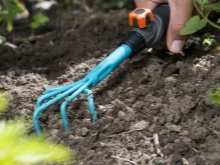

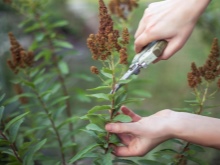
Reproduction methods
Bumald's spirea is bred with layering and cuttings. The first breeding method is carried out in the spring. Shallow grooves are made near the bush, where the lower, strong shoots are placed and covered with soil. For the winter period, the layers are covered with dry leaves. By spring, the shoots have roots, they are cut off from the parent bush and planted in the chosen place.
Propagation by cuttings is simple and easy. It runs as follows:
- cuttings are cut around the beginning of summer;
- planted in containers with peat and coarse river sand;
- to improve root formation, cuttings can be treated with stimulating drugs;
- moisturize daily 4–5 times;
- after the appearance of the roots, the seedlings are grown in a specially equipped garden bed or planted in open ground next spring.
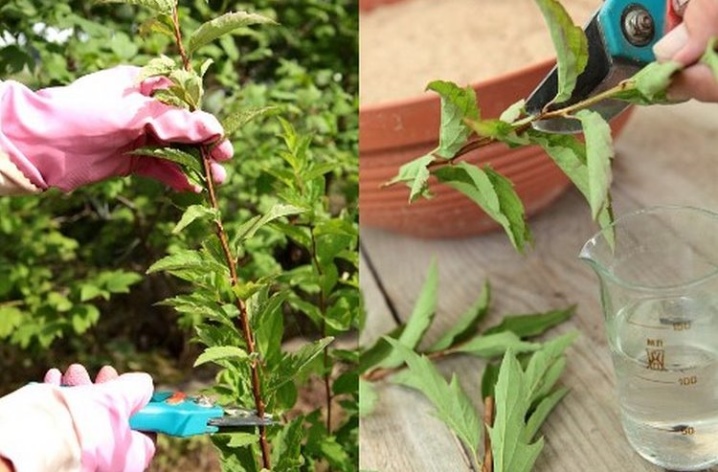
Diseases and pests
Spiraea pink is not particularly prone to disease and insect damage, but, unfortunately, this sometimes happens. Due to the high moisture content of the soil, the plant can be damaged by fungal diseases, among which the most common are gray mold and various spots. For treatment use fungicidal drugs ("Fitosporin", "Fundazol" or Bordeaux liquid), and also normalize soil moisture and the amount of watering.
Of the parasites, the spider mite inflicts severe damage to the bushes. Infection with it can be determined by the presence of tiny whitish specks on the leaf plates. Over time, damaged leaves turn yellow and dry out. The most common spider mite infestation occurs during drought.
The fight against the pest is carried out with insecticidal preparations, the most effective are Metaphos, Keltan, Fosfamid, Akreks. The preparations are diluted according to the instructions so as not to harm the plant even more.
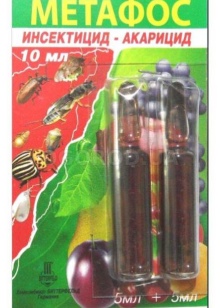
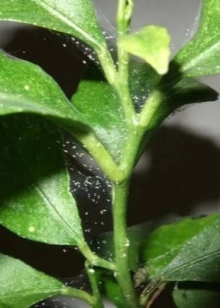

Aphids are also problematic for shrubs. She feeds on the sap of the plant, making it weak. Protect the bush with "Kronefos", "Pyrimor" or "Fozalon". From folk remedies against aphids, onion peel tincture is used, which should be used at the beginning of the growing season. The infusion also has a beneficial effect on the soil, killing microorganisms and feeding them with vitamins.
Occasionally, the plant can damage the whitefly. Get rid of the pest with Fitoverm. This drug is also effective against rain snails; it is used as a preventive measure. The leafworm can also harm the spirea, caterpillars appear in late spring. They feed on inflorescences and buds, not only damaging the appearance of the bush, but also leading to flowering problems. It is necessary to get rid of the pest immediately, since the caterpillars multiply very quickly. As a preventive measure, the bushes are sprayed with special preparations every 15–20 days so that the leaf rollers do not have time to multiply. Against caterpillars, an infusion of leaves and flowers of field chamomile, to which soap is added, are also used. The bushes are sprayed several times after 10 days.
Important! To protect Bumald's spirea from diseases and parasite attacks, she needs to provide sufficient care, as well as spray the bushes for prophylactic purposes throughout the growing season. Especially it is worth focusing on spring processing in order to eliminate possible overwintered parasites.
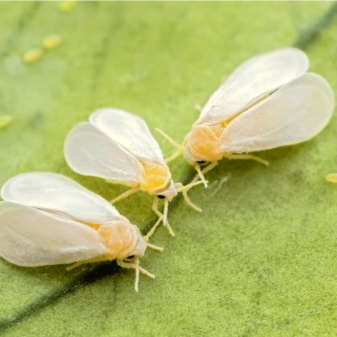
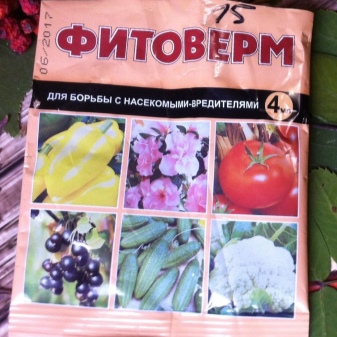
Use in landscape design
The variety of varieties makes it possible to use the plant in different compositions. The compact lush shape of the bush will effectively decorate a rockery or mixborder. The bushes also look beautiful as a hedge, as well as in the vicinity of taller bushes or trees with a sparse crown. Meadowsweet will decorate any lawn, as it is elegantly combined with different flowering crops, and a single bush planted on a well-groomed lawn will always attract attention. You can also use pink spirea as a decoration for a terrace or veranda, because its undersized varieties look great as decorative potted crops.
The amazing elegance and beauty of Bumald's spirea makes it possible to use it in a wide variety of solutions for decorating the site.
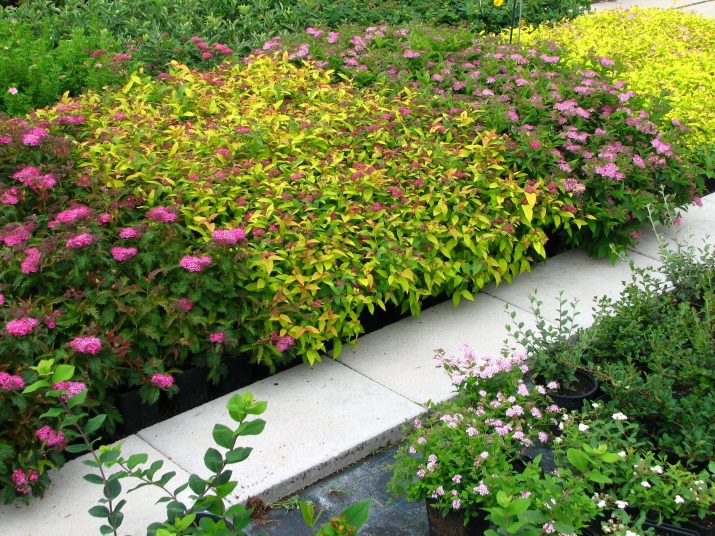
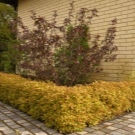



You will learn more about Boomald's spirea below.



































































The comment was sent successfully.